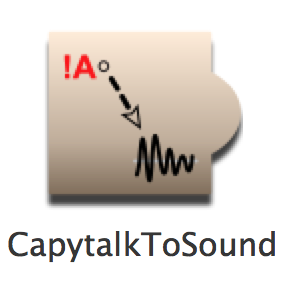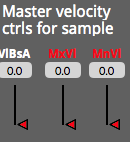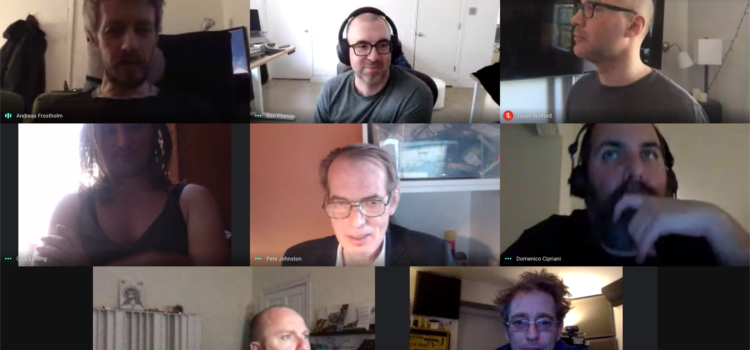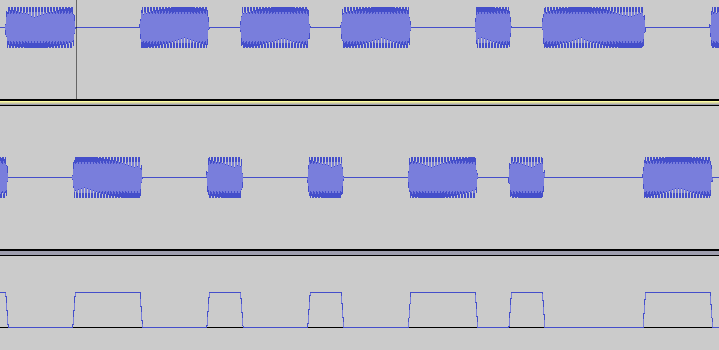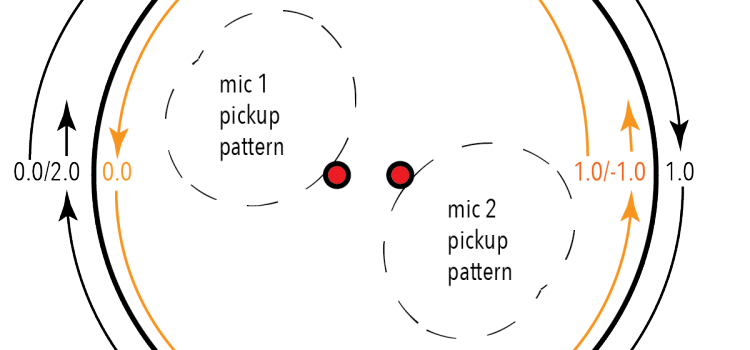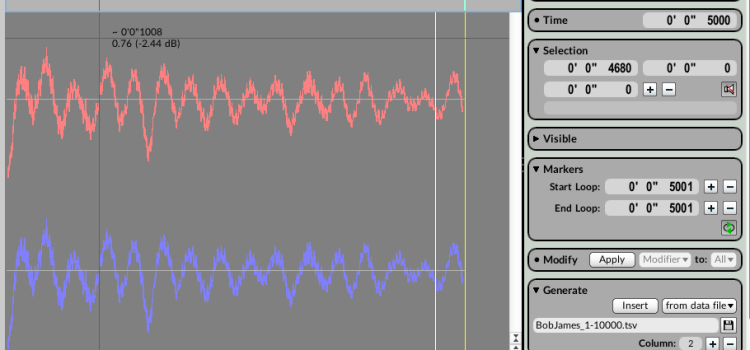Capytalk is a Functional Reactive Programming Language that you can use to define interactions between internal or external data streams and Kyma Sound parameters. Reactive programming is a paradigm for computing and modifying asynchronous data streams. Some examples of asynchronous
Capytalk — a functional reactive programming language
